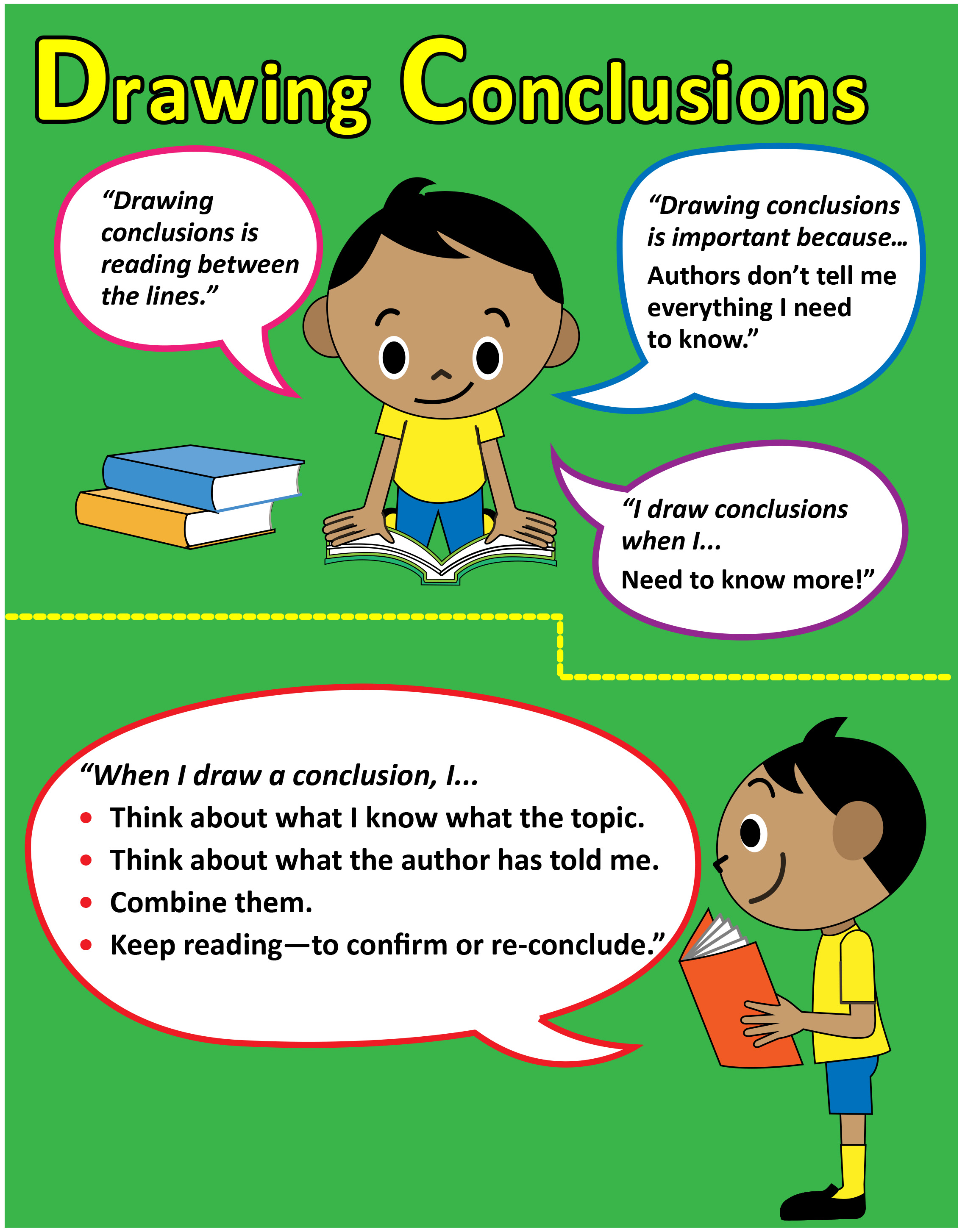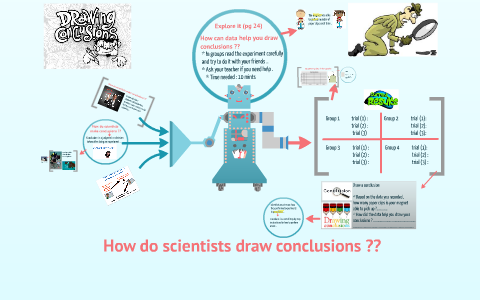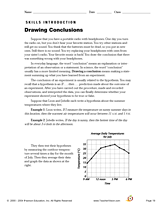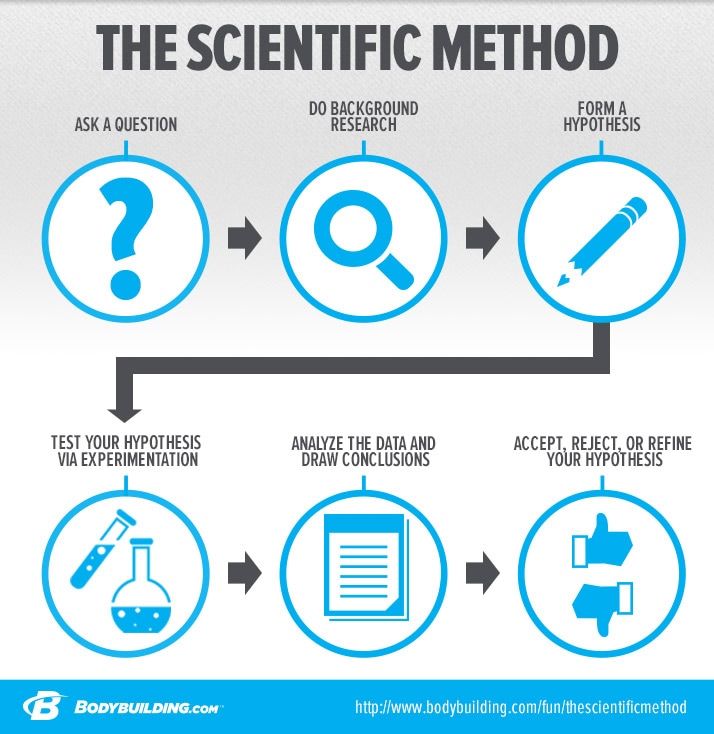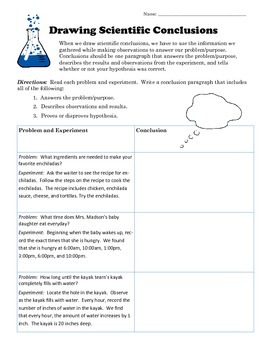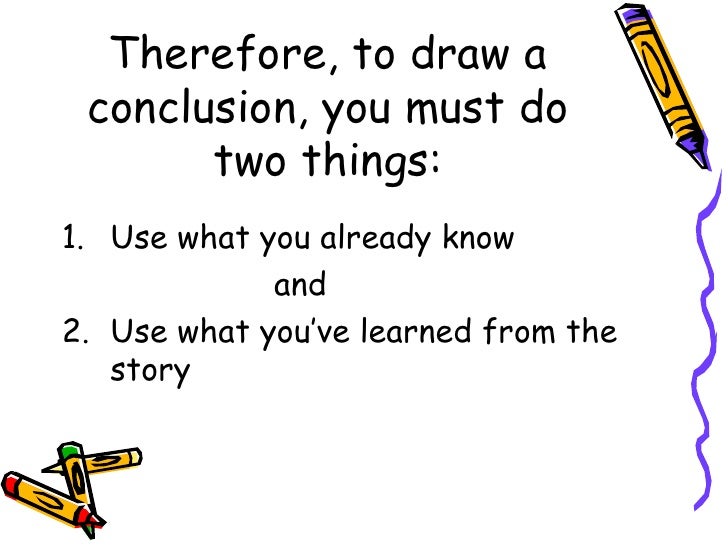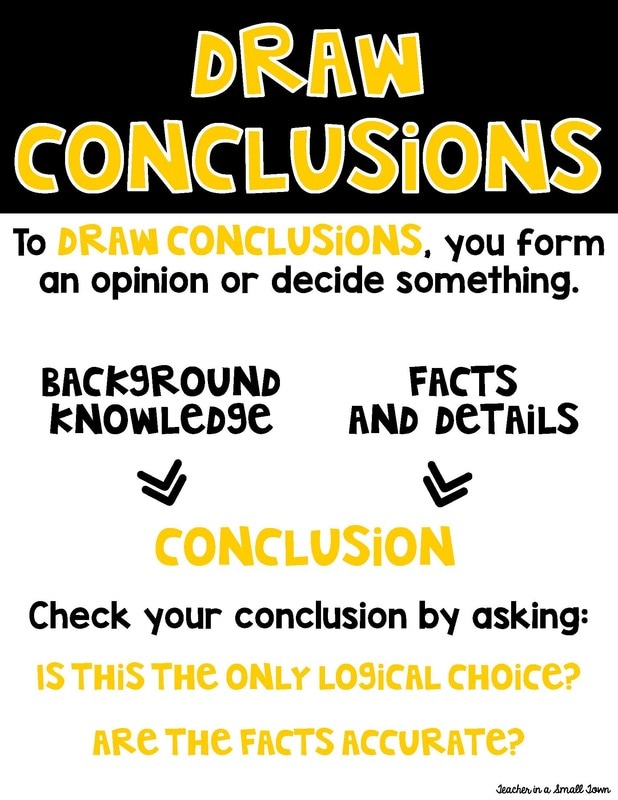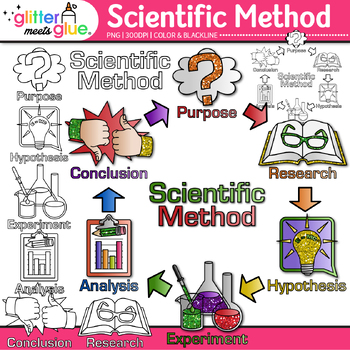Who Else Wants Tips About How To Draw Conclusions In Science
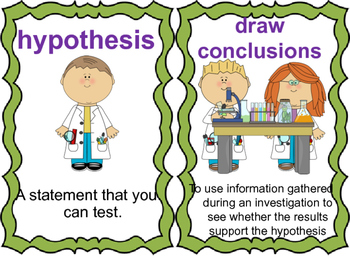
If not, identify the problem(s).
How to draw conclusions in science. Z working as a metaphor for x doesn’t mean that all (or even most) predictions that are accurate for situations involving z are appropriate (or even make any. To draw conclusions from evidence, look closely at the data or evidence presented and consider carefully how the evidence was obtained; Students learn what it means to draw a conclusion in science.
Examine the question, data, and conclusion provided 2. As you can see, sound conclusions are often a question of not extrapolating too widely, or making assumptions that are not supported. Since statistics are probabilistic in nature and findings can reflect type i or type ii errors, we cannot use the results of a single study to conclude with certainty that a theory is true.
Using the analysis, conclude whether the hypothesis was correct or not, and why. A classic example is the penny drop experiment that many science. They are given tips for drawing conclusions, then consider a specific scenario.
The conclusion section of your science project should be a description of the main purpose of the project, the findings, their explanations and recommendations for future. In grade 1 we introduce drawing conclusions. To draw conclusions, we first must collect the relevant data and perform statistical analyses such as creating visualizations of the data (e.g.
We can define the drawing of a conclusion as the insight gained from experimenting. Determine if the data presented supports the conclusions being made. Your conclusions summarize how your results support or contradict your original hypothesis:
Summarize your science fair project results in a few sentences and use this. These worksheets start with sentences and move onto paragraphs from which students need to draw. All that is learned during an investigation can be summarised in a concluding statement.


